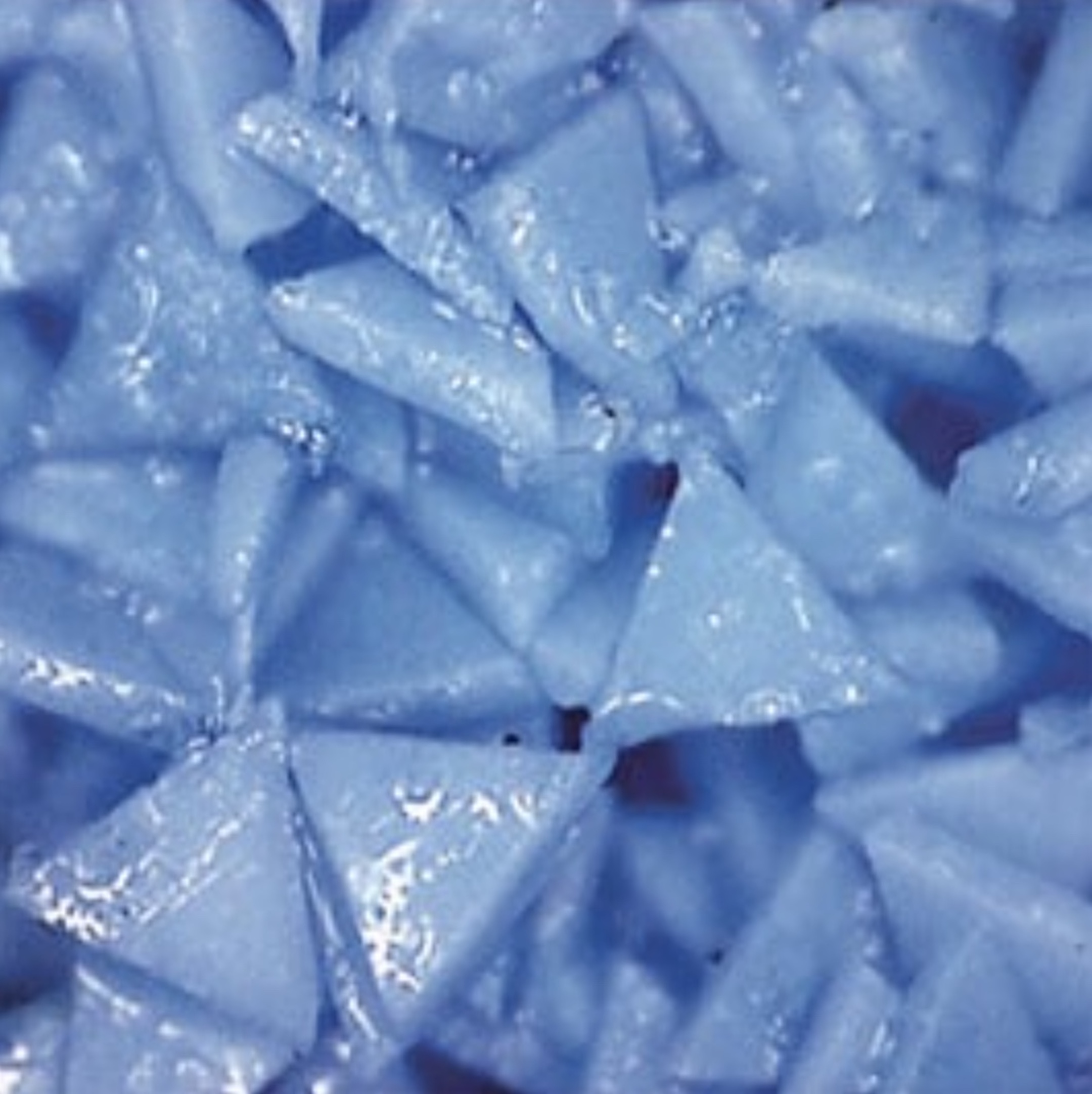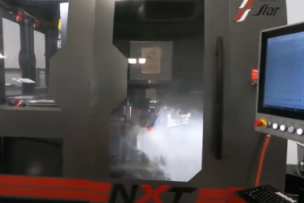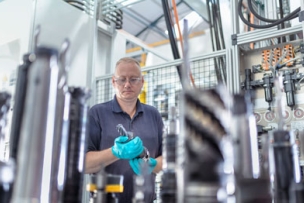For those with the right grinding equipment, however, superabrasives and ceramic wheels can make a world of difference in terms of productivity and part quality.
Even so, given the huge number of abrasives, bonds, grit sizes and shapes, and other factors, selecting the optimal wheel for any application—superabrasive or not—is rarely a straightforward affair. That’s according to Taqwa Gilani, senior application engineer at Norton Saint-Gobain Abrasives, who points out an obvious fact: This is why she and others like her have a job.
“Norton employs a team of application engineers because grinding is a very complex machining process,” she says. “It’s also why we encourage our customers to work with us on wheel selection, and to send us a drawing and material specifications for their projects. Aside from helping them determine the most productive, cost-effective solution, we’re also able to fine-tune various wheel properties—by adding a lubricating agent to the bond, for example—to optimize throughput and part quality.”
Like Finch, Gilani generally recommends that high-mix/low-volume manufacturers and those who grind a range of materials try to stay with conventional abrasives.
She says aluminum oxide is one of the most versatile abrasives available, this due to its ability to “grind pretty much anything.” Still, she warns that a “one wheel for everything” approach is rarely successful, and that ceramic technology—though more expensive initially—provides shorter cycle times, reduced heat generation and ultimately, a lower cost per part.
“At the end of the day, you’re looking to keep grinding forces low, eliminate rubbing due to material buildup, and minimize wheel deterioration,” she says. “This helps assure dimensional accuracy while eliminating metallurgical damage to the workpiece.”
Take the Deep Dive







Talk to Us!
Very interesting. My first contact with this product and techniques.
24Leave a reply
Your email address will not be published. Required fields are marked *